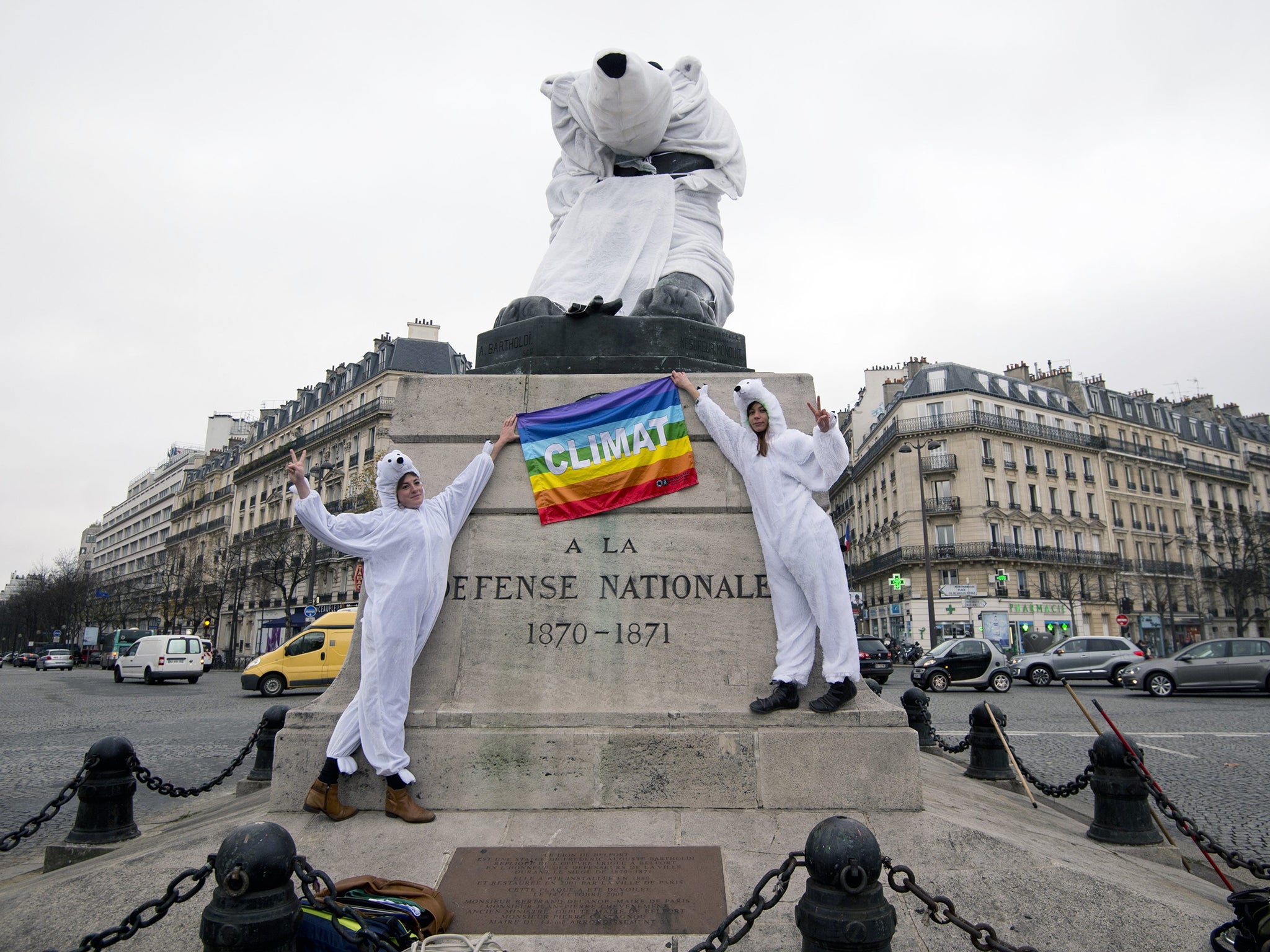COP21 Q&A: Is it already too late to limit global warming? What happens next?
World leaders in Paris have agreed to cut their global warming target by an extra 0.5C to 1.5C

The difference between 1.5C and 2C doesn’t sound that significant. Why is it important?
It may not sound like a huge difference but the scientific consensus is that cutting the increase in global warming by that extra 0.5C would substantially reduce the havoc wreaked by extreme heat, droughts, storms and melting ice.
Take the example of water availability in the Mediterranean region. Under a 2C scenario this is projected to fall by nearly a fifth, whereas at 1.5C the drop would be half that.
But how feasible is it?
It is either extremely difficult or impossible, depending on which scientists you listen to.
Last month, research found that the world has now warmed by 1C since pre-industrial times – making even the previous 2C goal look highly ambitious.
If the world keeps producing CO2 at the current rate then within six years so much will have accumulated in the atmosphere that it will almost certainly be too late to limit global warming to 1.5C even if emissions stopped overnight, according to research by the Carbon Brief website. Once CO2 is in the atmosphere, it tends to remain for centuries.
Professor Myles Allen, of Oxford University, says: “Past emissions amount to about 2 trillion tons of CO2, which has caused getting on for 1C of warming. If we limit net future emissions to another trillion tons of CO2, which the UN Intergovernmental Panel on Climate Change (IPCC) says is still just about doable, that gets us to 1.5C.”

So it can be done?
Unfortunately, Professor Allen has more to add. “Almost all scenarios expect other sources of pollution (methane, soot and the like) to add at least another 0.5C to this, taking the total to 2C,” he says. If we are to have any chance of limiting global warming to even 2C emissions are going to have to be reduced to zero pretty soon, he concludes. But not all scientists share the professor’s pessimism.
Carl-Friedrich Schleussner, a scientist who has worked on research for the IPCC, said this week: “The window for limiting warming to 1.5C is still open, but closing fast”.
There’s little sign of emissions coming down, so isn’t this all a bit academic?
Global emissions are expected to fall ever so slightly this year compared to last year, meaning that, despite all our efforts to go green, the amount of CO2 being produced remains near record highs. It does seem pretty unlikely that emissions are going to come down significantly in the future.
Is there any hope?
There might be ways to “cheat” the system and bring down emissions without ruining the global economy. The most advanced of these is a new technology being developed that would capture the CO2 as it came out of the power-plant chimney and pipe it underground. But the technology – known as carbon capture and storage (CCS) – has yet to be proven on a large scale and suffered a major setback at the Autumn Statement when George Osborne scrapped a £1bn pilot project. Scientists are also looking at various ways to suck emissions out of the atmosphere, for example by fostering the growth of CO2-absorbing algae in oceans and artificial trees – but again, these have not been proven to work on a large scale.
What happens next?
Imperial College London senior lecturer Dr Kaveh Madani said yesterday: “History shows that we are good at setting ambitious targets and goals in major international summits. But what matters more is how to get to the target”. In other words, without a binding structure in place to ensure the necessary and dramatic actions are taken to ensure the temperature target is met, 1.5C is just a number that no party is obliged to meet.
Join our commenting forum
Join thought-provoking conversations, follow other Independent readers and see their replies
Comments
Bookmark popover
Removed from bookmarks